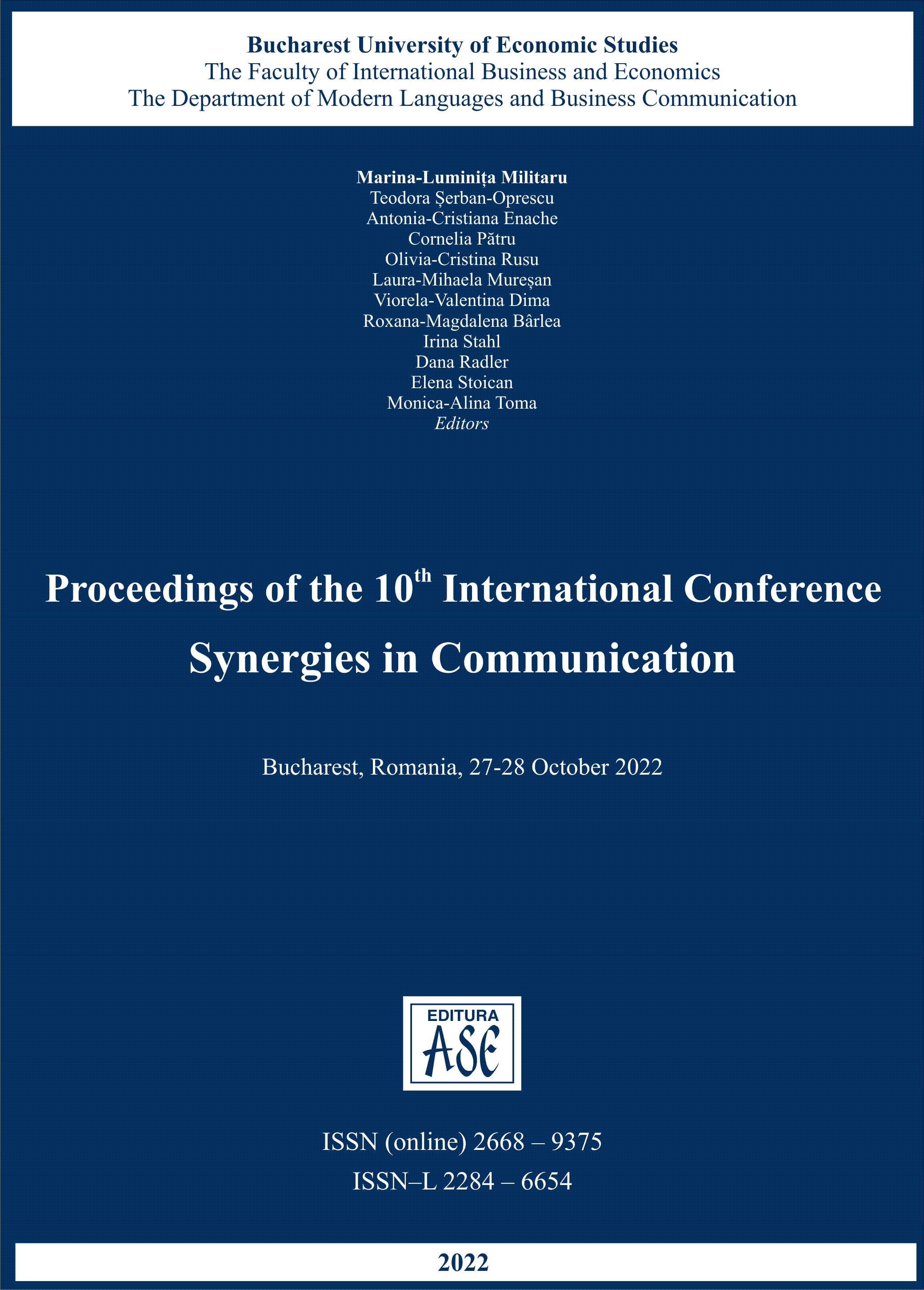FROM PALM SUNDAY (URBEPÄEV) TO ST. KNUT’S DAY:
LIVING BRANCHES
FROM PALM SUNDAY (URBEPÄEV) TO ST. KNUT’S DAY:
LIVING BRANCHES
Author(s): Mare KõivaSubject(s): Christian Theology and Religion, Customs / Folklore, Geography, Regional studies, Cultural Anthropology / Ethnology, Culture and social structure
Published by: EDITURA ASE
Keywords: Palm Sunday; mumming and masking; living branches; magical actions; ritual visits;
Summary/Abstract: This paper examines customs relating to Palm Sunday (palmipuudepüha, urbepäev) as part of the local identity, and the use of archaic customs in Estonian society. One of the most common practices in the past was the whipping of another person with willow (birch or other tree) twigs, a gesture which represented the transfer of health and strength from the branches to the family members and animals. Early in the morning, sleepers were awakened by being whipped with the willow twigs and family members wishing them health, or repeating phrases such as “Cheer up, brighten up!”. It was customary to keep willow branches in a vase until Easter. Along with willow branches, alder, birch, hazel and other budding branches were also kept in the home. In some places, willow branches were taken to graves. In the Orthodox Church, willow branches were consecrated and later used in magical actions. For example, when driving the herd off to pasture, the shepherd used to whip the animals with them, to keep the cattle healthy and strong. The cattle were also whipped immediately after the willow branches were brought home, for the same purpose. Taking willow branches to the field was believed to ensure a good crop, while sticking them into an anthill would ensure the safety of the herd. At the same time, whipping animals and family members with branches, twigs or ‘whisks’ was also part of annual traditions, such as the autumn and winter masking holidays. The purpose of this article is to provide a first overview of the tradition of ritual calendric visits, on which people used living branches or twigs.
Journal: Synergies in Communication
- Issue Year: 1/2022
- Issue No: 1
- Page Range: 400-409
- Page Count: 10
- Language: English

